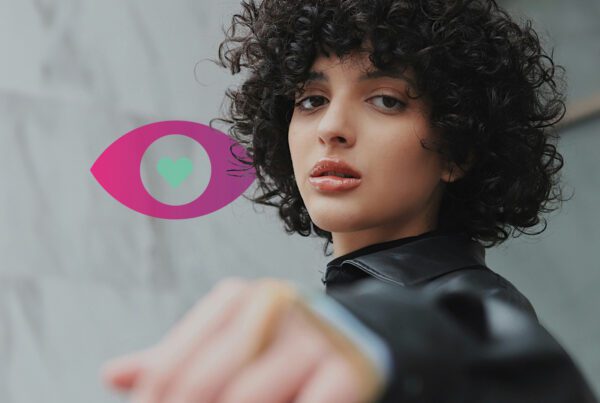Influencer is a word that’s everywhere in marketing, but the definition of an influencer can seem hard to pin down. Simply put, influencers are leaders on social media who post about their interests — like fashion, food, fitness, and travel — which they share enthusiasm for with dedicated followers.
Influencers can range from club-goers who post about the bars and parties they hit and styles they wear to stay-at-home moms who post about the enticing meals they create and helpful hacks for everyday life. Influencers can spur their followers to try certain brands or form positive impressions of them because followers admire them and trust their recommendations. Brands that work with influencers to form this type of personal connection with followers are engaging in brand influencer marketing.
Businesses of all sizes use brand influencer marketing because it allows them to target certain niches and not spend a lot of money on advertising to a broad audience. For example, if a small, family-owned restaurant in a city wants to reach foodies, rather than wasting money on advertising on TV or in newspapers, the restaurant can work with local food bloggers and influencers to grow awareness via social media and blog posts.
Likewise, if an international makeup company wants to reach a global audience, it can collaborate with beauty bloggers all around the world to promote awareness of different products in specific markets. Brands can also collaborate with influencers on campaigns like contests, events, podcasts, and video series.
The Audience for Influencer Marketing
The audience for influencer marketing is typically the influencer’s loyal followers who marketers have determined are a desirable target-market for their products or services. The market grows exponentially when followers share influencer posts with friends, family, and co-workers with the same interests.
Different types of brand influencer marketing campaigns can accomplish a variety of marketing goals. For instance, a city’s tourism board might invite travel influencers on trips that spotlight that city’s attractions, providing them with complimentary hotel rooms, meals, activities, and transportation in return for a certain number of Instagram, Facebook, and blog posts about the destination.
Brands also send products to influencers for them to review to increase brand awareness, brand relevance, site traffic, leads, and sales. A kitchen appliances manufacturer might collaborate with an influencer who posts cooking how-to videos on social media, or an energy bar brand might send products to an influencer who chronicles their outdoor adventures online.
Why Brands Should Work With Influencers
Working with an influencer can deliver a wide range of benefits. Since an influencer’s followers trust them, that trust transfers to your brand by association. If a trusted influencer recommends a product or service, it can have a greater impact on their followers than an ad featuring unknown actors selling the product in a way that might not seem authentic.
Influencer marketing is also more evergreen than traditional advertising because it stays up on social media longer. In addition to creating brand awareness among their followers, talented influencers can also create high-quality content and images that brands can repurpose.
Ultimately, the bottom line is king. A study in Adweek reports that for every dollar spent on influencer marketing, the ROI is $6.50. Although influencer ROI can be difficult to gauge, the right influencers can quickly deliver brand awareness and credibility that more than justify the money spent on them.
What Brands Need to Know When Working With Influencers
To find the right influencer for your brand, first ask yourself who your target audience is. You can find influencers whose followers are your target market by searching social media and using apps and services like influencer analytics and marketing platforms. You can also work with content marketing agencies and PR firms that specialize in brand influencer marketing to find the best influencers for your target audience.
It’s important to find influencers that reflect a brand’s identity, aesthetics, and values. Be sure to get a good sense of an influencer’s personality and style before moving forward. Review their social media carefully to ensure that they’re responsible, culturally aware, and respectful.
Make sure that your influencer understands your brand and expectations from the partnership. Outline expected deliverables clearly in a brief. Make sure that the influencer has everything they need to create content, and remember to be patient and realistic about ROI.
Confirm that influencers won’t do anything dangerous, offensive, or illegal, which could harm people or other things, including your brand’s reputation. For example, a travel influencer who will jump up onto an ancient, fragile, sacred temple in another country to take a selfie while posting culturally insensitive content is not one that a brand would be wise to invest time or money in.
At first blush, the number of followers an influencer has can be impressive. However, a growing concern for brands is influencer fraud, which can range from fake social media accounts to fake followers that some influencers buy by the thousands from vendors.
Some influencers have even faked their travels by Photoshopping themselves into photos of popular destinations. However, new systems can help detect influencer fraud using algorithms that assess things like engagement and the countries where the majority of influencers’ followers are based.




